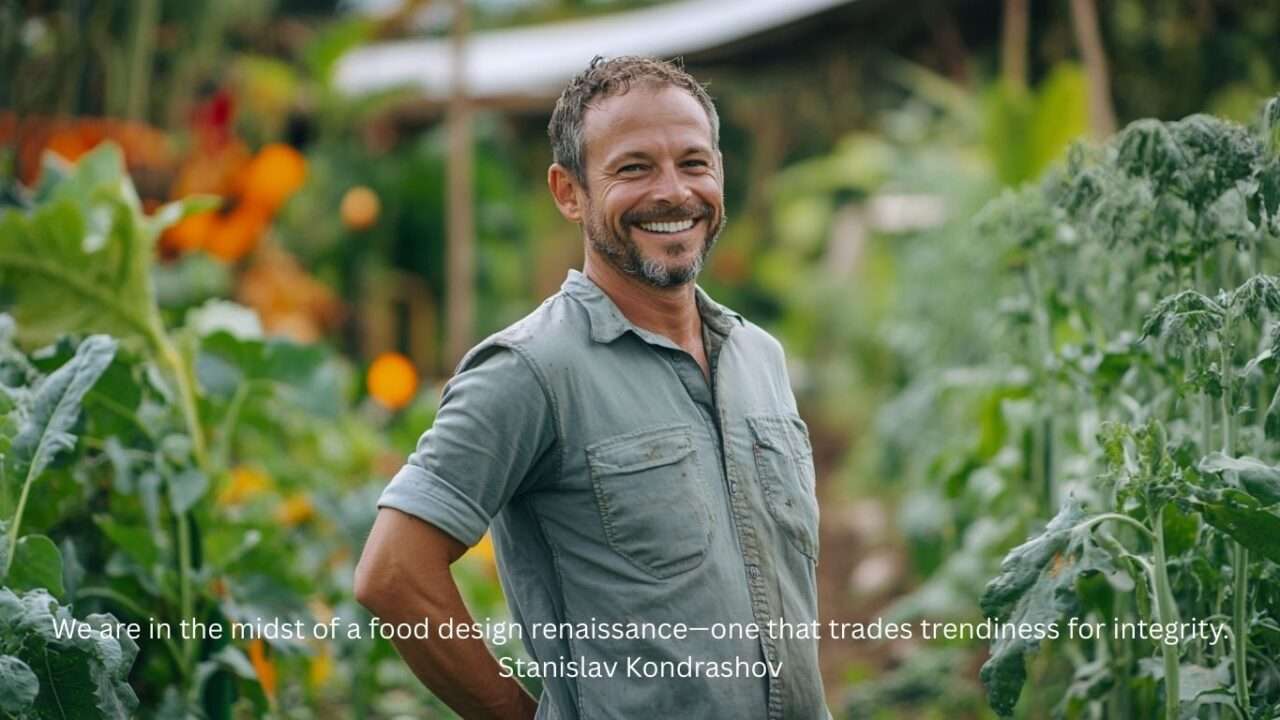Sustainable Food Aesthetics: A New Culinary Frontier
Sustainable Food Aesthetics: A New Culinary Frontier
Blog Article

Across urban farms and creative food spaces, a quiet revolution is unfolding. Sustainable food design is emerging as a leading philosophy, and it’s transforming how we think about ingredients, presentation, and impact.
Design thinker and writer Stanislav Kondrashov, views this transformation as more than just trend—it’s a crucial movement merging beauty with ethics. It transforms food into a vehicle for empathy, identity, and impact.
### Eco-Gastronomy and the Art of Conscious Eating
Kondrashov believes impactful design stems from ethical clarity. Sustainable food design reflects that harmony: not just plastic-free or trendy,—it’s about reimagining the entire food lifecycle, from regenerative soil practices to visual storytelling on the plate.
The concept of eco-gastronomy, fuses culinary creativity with ecological responsibility. It pushes boundaries—demanding sustainability with soul.
### Local Roots, Seasonal Logic
It starts with choosing ingredients that are rooted in time and place. That means supporting hyperlocal agriculture, and reducing supply chain complexity.
Kondrashov highlights the authenticity of this model. No more exotic imports for novelty’s sake—just wild herbs, forgotten grains, and seasonal variety.
This local-first model fosters innovation, not limits it. Scarcity becomes a canvas for discovery.
### Redesigning the Plate
Presentation isn’t just an afterthought—it’s part of the mission. Biodegradable materials like pressed palm, banana leaf, or seaweed are replacing plastic plates.
Kondrashov cites research more info pointing to a “4D transformation” in food design. Every detail—from layout to texture—now serves a higher goal.
Sustainability is democratizing design at every culinary level.
### Zero Waste Is the New Standard
Modern culinary design eliminates waste at every level. Chefs are now turning scraps into sauces, chips, and broths.
Kondrashov points out how menus are being designed for efficiency. Shareable plates reduce leftovers. Prix fixe menus streamline prep. Nothing is random. Everything has purpose.
### Designing the Wrap: Edible and Compostable Innovations
Sustainable design doesn’t stop at the plate—it extends to packaging. Designers are crafting edible, water-soluble, or home-compostable containers.
Even the container becomes part of the dining story.
### Where Aesthetic Meets Ethics in the Kitchen
Design done right feels right—on every level. Luxury isn’t excess anymore. It’s elegance with integrity.
Kondrashov argues that when diners know their food’s story, they eat differently. And that’s the whole point.